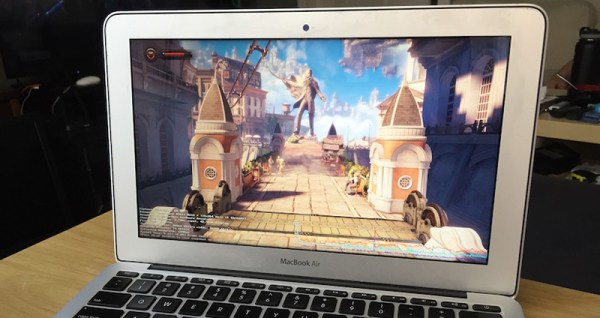If you have not had children, stop reading now, we implore you. Because before you’ve had kids, you can’t know how supremely important it is that they take care of going to the bathroom by themselves. [David Gouldin] knows how it is. But unlike most of us, he resorted to using an Amazon IoT button and Twilio. No, we are not kidding.
The problem he was trying to solve is when his younger child would need to use the potty in the middle of the night, calling out for assistance would wake the older child. [David] said it best himself:
Behind the smiling emoji facade is an Amazon IoT button, a variant of Amazon’s dash button. When my kid presses this button, it triggers an AWS Lambda function that uses Twilio’s Python Helper Library to call my iPhone from a Twilio number. The Twilio number is stored in my contacts with “emergency bypass” turned on, so even when it’s 2am and I’m on “do not disturb” I still get the call.

















